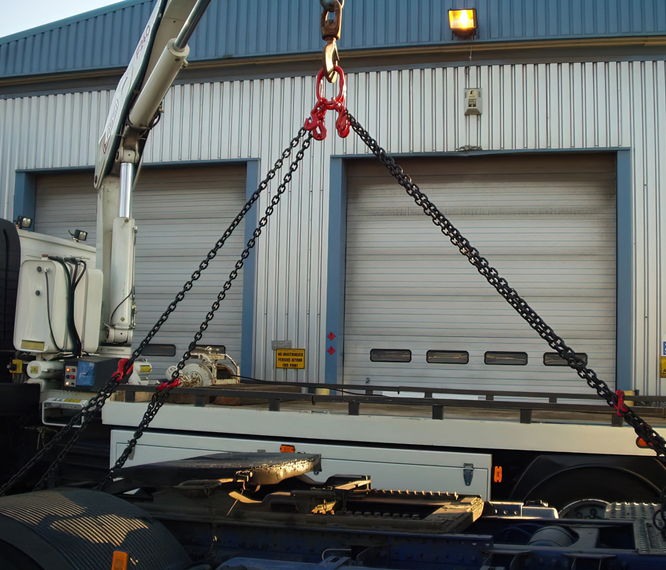





























































































































Our eye bolts are made of stainless steel, which is often used in marine applications for its increased resistance to chloride corrosion. However, their strength and corrosion protection also makes them desirable for a wide range of environments.
DIN standard includes din580 lifting eye bolts and din582 lifting nuts. Shoulder eye bolts can be used for either straight lines or angular pulls. Lag eye bolts have wood screw threads, and are excellent for a number of applications both inside and outside. Stainless steel eye nuts are commonly used in shade structures, wire balustrades, architectural rigging, wire rope, and marine and general-purpose applications. Others you can find below.

Do not paint or otherwise coat the eyebolt & nut, as this will make it difficult to check for defects or wear due to the masking of the coating.
If you find that the eyebolt & nut is worn or damaged, remove and replace them immediately; wear and damage will significantly reduce the load capacity of the eyebolt. Please also check the eyebolt & nut regularly: whether the eye is bent out of shape; whether the threaded shank is bent, deformed or the threads are worn, corroded or twisted; whether there are scratches, shavings, or visible wear on the surface; whether there are signs that it has been modified in any way, e.g. by heating, cutting, grinding, welding, etc.; whether there are cracks on the surface; whether it lacks sufficient identification marks.
Do not exceed the rated capacity of the eyebolt.
Do not force the sling through the eyebolt; although convenient, this provides an angled lift which will reduce the WLL of the eyebolt.
Do not attach hooks or other accessories directly to the eyebolt, they should be attached to the eyebolt by means of a shackle, please select the appropriate grade of lifting shackle.
Do not rotate the load, this is very dangerous and the twist can damage the eyebolt and accessories, it can also cause the accessories to slip off and pose a danger to personnel and equipment.
The eyebolt should be lifted slowly and gradually, do not shock the load, sudden acceleration of the load or rapid changes in direction can cause a significant increase in load tension.
Always check and clean the eye bolt holes and threads before use, as the receiving holes should be countersunk, so also clean any debris from the receiving holes to ensure the eye bolt is seated correctly.
The shoulder eye bolt must be firmly seated and flush with the mating surface, not at an angle to a flat surface, otherwise, the WLL will be greatly reduced. Washers, spacers and nuts can be used with the shoulder eye bolt to achieve correct load alignment. However, it is important to note that the thickness of the washers and spacers should not exceed one thread pitch.
The shoulder should be installed at right angles to the axis of the hole and the shoulder should be in full contact with the surface of the object being lifted.
Check the coordinates after the angular lift has been applied and if it happens that the first lift causes the bolt to back out of the load, the eyebolt should be unloaded and properly repositioned.
For applications without through holes, it is recommended to use a longer shoulder eye bolt with steel washers and nuts to achieve the required engagement thread length.
The tapped hole of the shoulder eye bolt should have a threaded length to ensure full-length engagement of the shank and clearance of the unthreaded portion, the tapped hole of the plain eye bolt must be threaded for full-length engagement and must also have full-threaded shank engagement, allowing half a turn for proper eyebolt alignment and WLL. The depth of the tapped hole of the screw eye bolt should be at least 1.5 times the diameter of the eyebolt.
The eye bolt should be oriented in line with the sling, if the load is applied laterally the eyebolt will bend.
